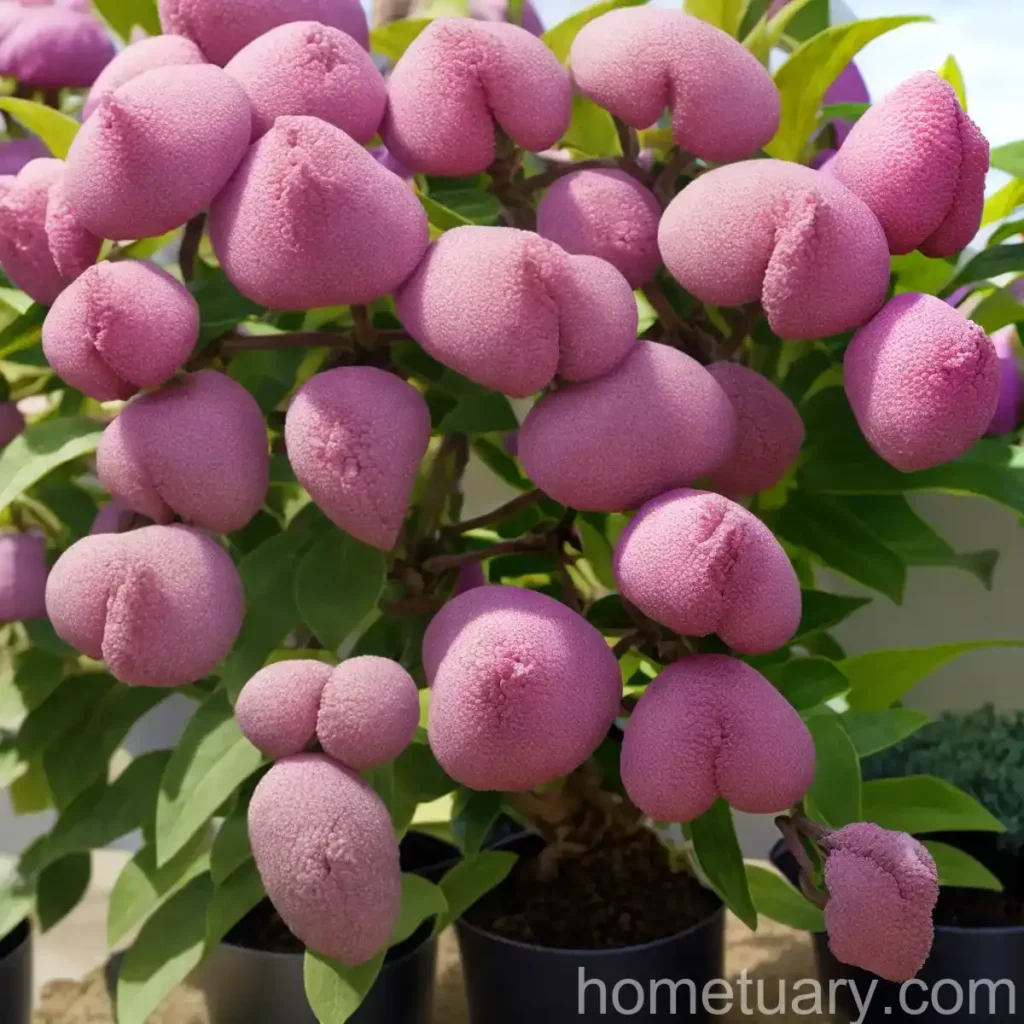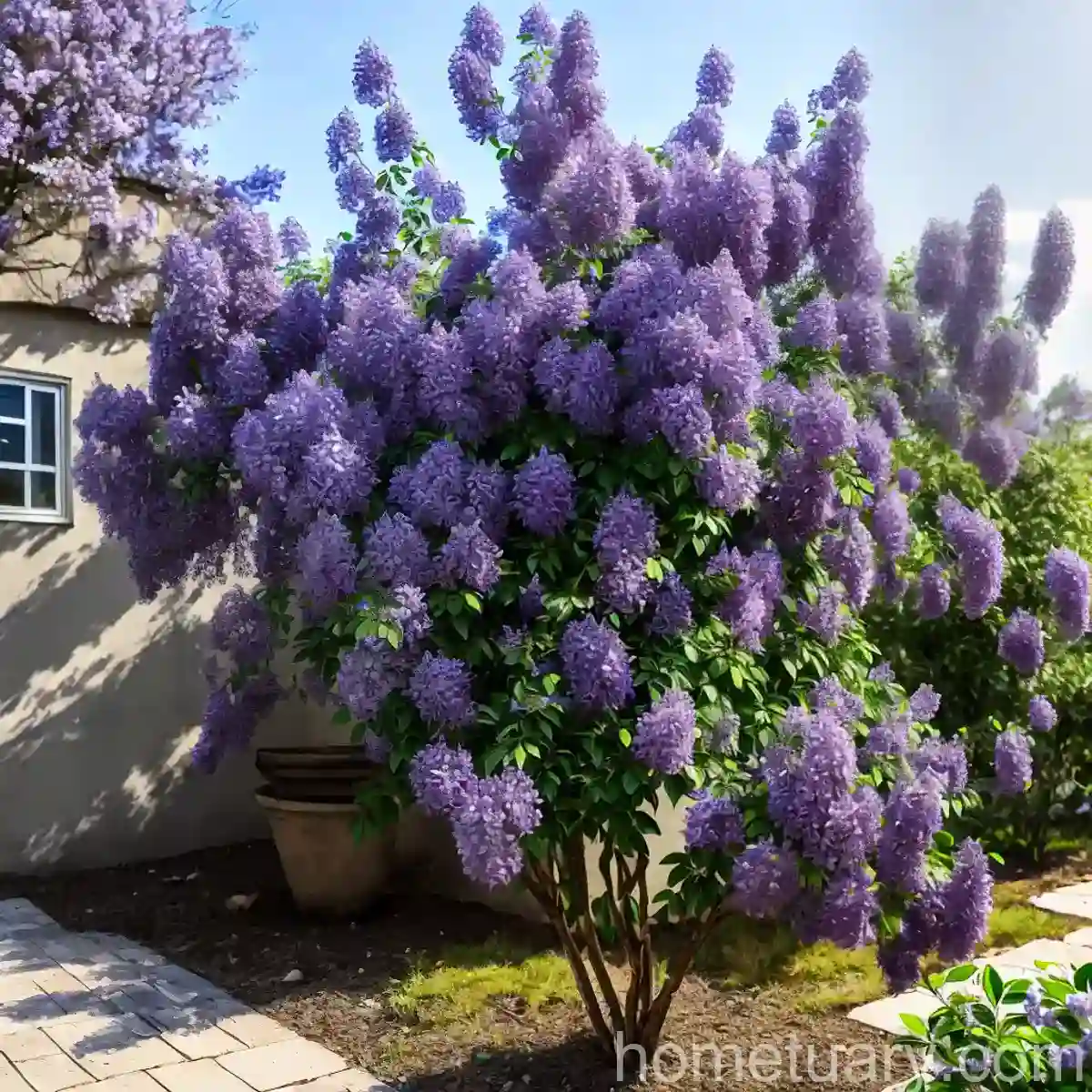Daphne (Daphne x burkwoodii ‘Somerset’): A Charming Addition to Any Garden
What is Daphne (Daphne x burkwoodii ‘Somerset’)?
Daphne x burkwoodii ‘Somerset’ is a lovely hybrid daphne plant that is beloved by gardeners for its exquisite fragrance, beautiful flowers, and compact growth habit. This evergreen shrub belongs to the Thymelaeaceae family and is a cross between Daphne cneorum and Daphne caucasica. It is named after Somerset, a county in England known for its picturesque landscapes and gardens. Daphne x burkwoodii ‘Somerset’ is cherished for its ornamental value, making it a popular choice for landscape design.
Key Takeaways – Daphne (Daphne x burkwoodii ‘Somerset’)
- Daphne x burkwoodii ‘Somerset’ is a delightful hybrid daphne plant valued for its enchanting fragrance and attractive flowers.
- This daphne cultivar is prized for its ease of cultivation, making it a desirable addition to gardens and landscapes.
- When caring for Daphne x burkwoodii ‘Somerset’, it is important to pay attention to its water, sunlight, fertilizer, soil, pruning, propagation, and container requirements.
Culture
Uses
Daphne x burkwoodii ‘Somerset’ is commonly used for:
- Ornamental Purposes: The charming flowers and delightful fragrance make Daphne x burkwoodii ‘Somerset’ a popular choice for ornamental planting in gardens, parks, and landscapes.
- Fragrant Hedging: Its compact growth and alluring scent make it suitable for creating fragrant hedges or as an accent plant in garden borders.
- Container Gardening: The plant’s manageable size and aesthetic appeal make it an excellent candidate for container gardening, adding a touch of elegance to patios, balconies, and outdoor living spaces.
Water
Proper watering is crucial for the health and vitality of Daphne x burkwoodii ‘Somerset’. Here are some key considerations:
-
Moist, Well-Draining Soil: Daphne x burkwoodii ‘Somerset’ thrives in moist, well-draining soil. It is essential to maintain consistent soil moisture to promote healthy growth and flowering.
-
Avoid Waterlogged Conditions: While the plant enjoys moist soil, it is important to prevent waterlogged conditions, as this can lead to root rot and other moisture-related issues.
-
Regular Watering: During periods of low rainfall or in dry climates, regular watering, especially during the plant’s active growing season, is important to support its water needs.
Sunlight
Daphne x burkwoodii ‘Somerset’ exhibits specific sunlight requirements for optimal growth and flowering:
-
Partial Shade: It thrives in partially shaded locations, where it receives dappled sunlight or shade for a significant portion of the day. A location with morning sun and afternoon shade is often ideal.
-
Protection from Harsh Afternoon Sun: Shield the plant from intense, direct afternoon sunlight, especially in hot climates, to prevent sun damage and stress.
Fertilizer
Appropriate fertilization plays a vital role in sustaining the vigor and bloom production of Daphne x burkwoodii ‘Somerset’:
-
Balanced Fertilizer: Use a balanced, slow-release fertilizer formulated for flowering shrubs and apply it in spring, following the manufacturer’s instructions.
-
Avoid Excessive Fertilization: Over-fertilization can lead to excessive foliage growth at the expense of flower production. Use caution and refrain from heavy feeding, especially with nitrogen-rich fertilizers.
Soil
The soil characteristics are integral to the well-being of Daphne x burkwoodii ‘Somerset’:
-
Well-Draining Soil: Plant Daphne x burkwoodii ‘Somerset’ in well-draining, slightly acidic to neutral soil. Amending heavy clay soil with organic matter can enhance drainage and fertility.
-
Avoid Waterlogging: Ensure that the chosen planting site does not retain standing water, as this can lead to root rot and other moisture-related problems.
-
Mulching: Apply a layer of organic mulch around the base of the plant to conserve soil moisture, suppress weed growth, and provide some insulation to the root system.
Pruning
Pruning is an important aspect of maintaining the form and health of Daphne x burkwoodii ‘Somerset’:
-
Light Pruning After Flowering: Prune lightly after the flowering period to shape the plant and remove any dead or crossing branches. Avoid heavy pruning, as daphnes generally do not respond well to extensive cutting back.
-
Prune Cautiously: Daphne x burkwoodii ‘Somerset’ sap and certain plant parts contain compounds that can be toxic if ingested, and the sap may cause skin irritation in some individuals. Take care when handling and pruning the plant.
Propagation
Daphne x burkwoodii ‘Somerset’ can be propagated by:
-
Semi-Hardwood Cuttings: Propagate the plant through semi-hardwood cuttings taken in late spring to early summer. Provide bottom heat to enhance rooting.
-
Layering: Air layering can also be employed as a propagation method for Daphne x burkwoodii ‘Somerset’, allowing a new plant to form on a branch while still attached to the parent plant.
Container Popularity
Due to its compact size and ornamental appeal, Daphne x burkwoodii ‘Somerset’ is sought after for container gardening:
-
Patio Planting: It makes an excellent choice for patio planters and decorative containers, bringing its delightful fragrance and beauty to outdoor living spaces.
-
Considerations for Containers: When growing in containers, ensure the pot has drainage holes, use a well-draining potting mix, and provide adequate water and sunlight according to the plant’s needs.
Common Diseases
Disease Diagnosis
Daphne x burkwoodii ‘Somerset’ is susceptible to certain diseases, and prompt diagnosis and management are crucial for maintaining plant health:
-
Powdery Mildew: This fungal disease can affect daphnes, manifesting as a powdery, white coating on the leaves and stems. It thrives in humid conditions and can impact plant vigor and aesthetics if not addressed.
-
Root Rot: Prolonged waterlogging or poorly-draining soil can lead to root rot, causing wilting, yellowing foliage, and overall decline.
-
Leaf Spot: Fungal leaf spot diseases can mar the appearance of the foliage, leading to unsightly blemishes and potential defoliation if not controlled.
Common Pests
Several pests can pose a threat to the health and appearance of Daphne x burkwoodii ‘Somerset’:
-
Aphids: These small, sap-sucking insects can infest the new growth of daphne plants, causing distortion and discoloration of leaves.
-
Scale Insects: Scale insects may latch onto the stems and leaves, feeding on plant sap and potentially weakening the plant over time.
-
Spider Mites: These tiny pests can create fine webbing on the plant and cause stippling or discoloration of the foliage as they feed.
Botanist’s Tips
Here are some valuable tips from botanists and plant experts for cultivating and caring for Daphne x burkwoodii ‘Somerset’:
-
Ensure Good Drainage: Plant Daphne x burkwoodii ‘Somerset’ in well-draining soil to prevent waterlogged conditions and root issues.
-
Protect from Harsh Sun: Shield the plant from intense afternoon sun, especially in warmer climates, to safeguard against sunburn and stress.
-
Mindful Pruning: Exercise caution when pruning to maintain the plant’s form and health, and avoid extensive cutting back.
-
Watch for Signs of Disease: Regularly inspect the plant for symptoms of diseases and pests, addressing any issues promptly to prevent escalation.
-
Provide Regular Water: Maintain consistent soil moisture, especially during dry periods, to support the plant’s growth and flowering.
-
Use Caution with Fertilization: Apply balanced fertilizer as needed, but avoid excessive feeding, especially with nitrogen-rich formulations.
Fun Facts
-
Enchanting Fragrance: The captivating fragrance of Daphne x burkwoodii ‘Somerset’ is often described as sweet and citrusy, adding a delightful sensory dimension to outdoor spaces.
-
Attracting Pollinators: The flowers of Daphne x burkwoodii ‘Somerset’ can entice pollinators such as butterflies and bees, contributing to a thriving garden ecosystem.
-
Cultural Significance: Daphne plants have been celebrated in literature, art, and folklore, adding to their allure and timeless appeal.
Links to External Resources
For further information about Daphne x burkwoodii ‘Somerset’, it can be helpful to explore reputable external resources:
- Royal Horticultural Society (RHS): Daphne x burkwoodii ‘Somerset’ Profile
- University of California Agriculture and Natural Resources: Daphne spp.
- Missouri Botanical Garden: Daphne x burkwoodii ‘Somerset’
- The American Phytopathological Society: Diseases of Daphne
- The Spruce: How to Grow and Care for Daphne Plants
- NC State Extension: Insect Pests of Daphne and Their Management
- American Horticultural Society: Garden Pests & Diseases: Daphne















